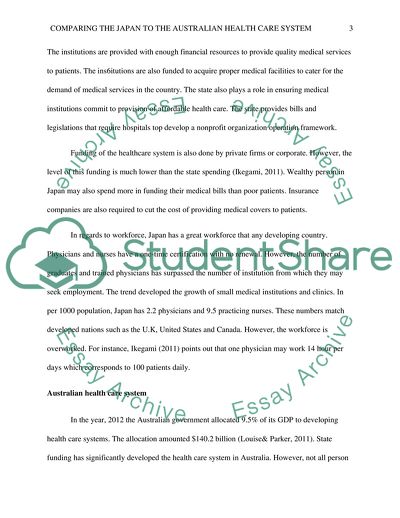Cite this document
(Compare Japan Health Care System to Australia Essay, n.d.)
Compare Japan Health Care System to Australia Essay. https://studentshare.org/medical-science/1830736-comparing-japan-to-the-australian-health-care-system
Compare Japan Health Care System to Australia Essay. https://studentshare.org/medical-science/1830736-comparing-japan-to-the-australian-health-care-system
(Compare Japan Health Care System to Australia Essay)
Compare Japan Health Care System to Australia Essay. https://studentshare.org/medical-science/1830736-comparing-japan-to-the-australian-health-care-system.
Compare Japan Health Care System to Australia Essay. https://studentshare.org/medical-science/1830736-comparing-japan-to-the-australian-health-care-system.
“Compare Japan Health Care System to Australia Essay”. https://studentshare.org/medical-science/1830736-comparing-japan-to-the-australian-health-care-system.


